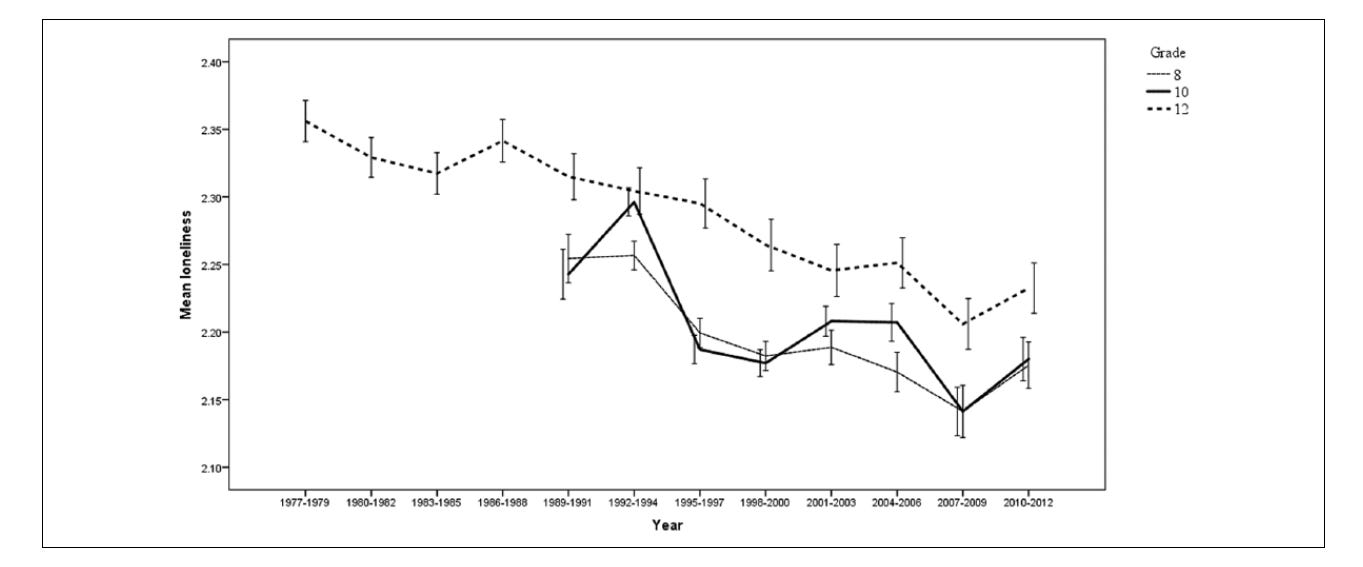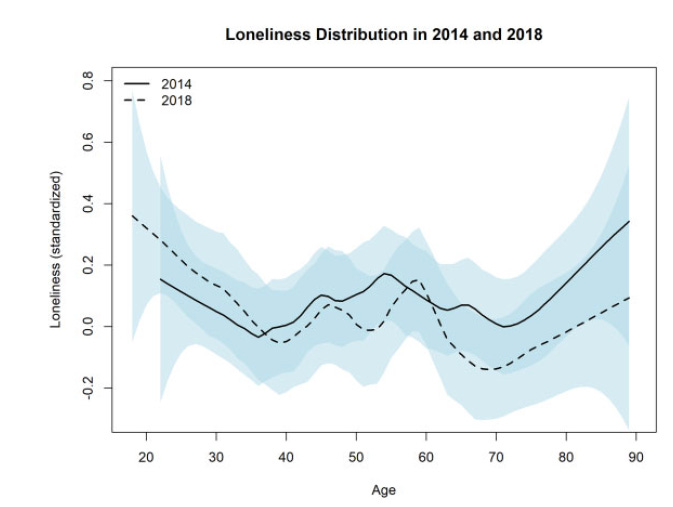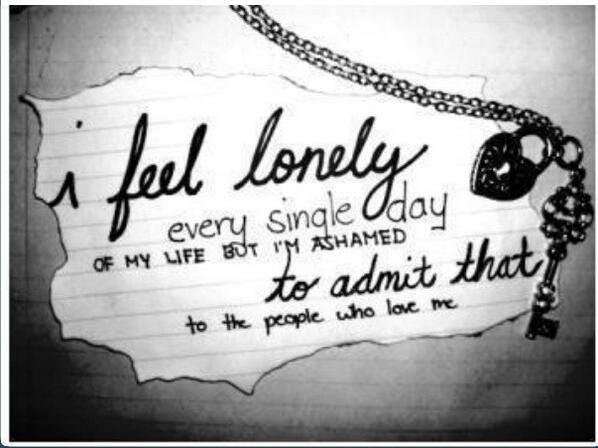If this is your first Provoked newsletter issue, learn more - here
Read a newspaper, listen to a podcast, head to a highway rest stop bathroom and you’re likely to hear about America’s Surgeon General Vivek Murthy’s 2023 mission to curb loneliness (click here to download his report). A successor to the 2021 Japanese government appointed Loneliness Minister to counter hikikomori (“acute social withdrawal”). Who was a successor to the 2018 British Prime Minister appointment of a Minister for Loneliness to confront this “sad reality of modern life.”
Hyperbolic descriptions litter government appointments with loneliness characterized as an “epidemic” that is a “new silent killer.” Well get ready for the plot twist…..
There is strong scientific evidence that loneliness is on the rise.
There is strong scientific evidence that loneliness is declining over time.
And there is strong scientific evidence that loneliness has remained the same since the mid 1900’s.
You can derive any story you want!
Why should you trust me? Because there are big, audacious studies that ask adults similar questions about the quality of their social world. Researchers explored data from 13,041 college students between 1970 and 2009. Loneliness declined across four decades and the same research team found similar results from surveys of high school students.
A few years later, between 2014 to 2018, researchers replicated these findings with thousands of people per year completing the General Social Survey. Adults in their 90’s, 80’s, 70’s, 60’s, 50’s, and 40’s showed a decline in loneliness. Only adults in their 30’s and 20’s showed an increase in loneliness.

But I could tell a different story with a recent analysis of 124,855 adults over the same time span (1976 to 2019). In this big study, loneliness increased over time in college students.
Then again, I could share the results of over 4,000 adults in The National Social Life, Health and Aging Project from 2005 to 2016 and comparable data in the Health and Retirement Study from 2006 to 2016. Do you want to know how much loneliness changed over this 10-year period? Adults completed a loneliness scale where they could have scored anywhere between 1 and 7.
In 2005-2006, the average loneliness score was 4.0.
In 2015-2016, the average loneliness score was 4.1.
The Loneliness Epidemic is a Myth
Relying on science with exceptional samples, methods, and statistical analyses, published in the best scientific journals, there is no consensus on what is happening in society. I could write an article for Harvard Business Review that says, “Don’t Believe the Loneliness Hype!” Another article in the New York Times on “The Meteoric Rise in Loneliness!” And yet another article in The Atlantic about “Loneliness is the Feeling that Stays the Same.” We do not need exaggerations to address the real problem.
Focus on Helping Humanity, Regardless of Trends
Regardless of whether loneliness is rising, declining, or staying the same in the population, people are hurting. They always have.
Loneliness is the pain of noticing a discrepancy between desired social relationships and current experiences
Let’s help people enhance their social life whether it is increasing social skills, managing social anxiety, or altering their expectations, perceptions, and attributions. It is hard to increase the probability of rewarding social interactions when plagued by disproportionately low self-worth, self-compassion, and self-efficacy, and high self-consciousness, self-blame, and mistrust. It is hard to develop strong connections when unwilling to gradually disclose personal information about yourself and respond with curiosity and compassion when others do the same.
What is alarming? Loneliness interventions have been designed and tested since the 1970’s and 1980’s. The conclusion? There is very little evidence that social scientists found effective ways to reduce loneliness in adults. However, these earlier reviews ignored a critical intervention - cognitive-behavioral therapy with trained practitioners. Add basic therapy into the picture and lo and behold, loneliness can be reduced by altering how people think and behave in social situations. This spans the anticipation of interacting with someone else, the moments spent with another person, and the post-mortem when our brains draw conclusions of how we fared and whether to feel satisfied or cynical.
Let’s roll out high-quality interventions.
Let’s invest in a larger number of front line mental health providers.
Let’s stay mobilized regardless of whether a problem is rising/increasing/expanding.
There are a sizeable number of people suffering in society. Every year. It’s not sexy. It’s not new. It’s not attention grabbing. And yet, mental health should always be a priority. Make mental health a priority when selecting local and national government officials running for office. Make mental health a priority in the workplace, schools, jails and prisons. Do not wait for someone to activate the alarm system. Silent sufferers live among us.
Be wary of anyone overly confident in loneliness trends, especially if they are selling something.
Be open to people with evidence-based initiatives for managing the painful feeling of unmet social needs.
Read the Provoked issue on producing extraordinary social interactions - here
For Tools to Build Friendships & Allies
Check out my award-winning book, The Art of Insubordination: How to Dissent and Defy Effectively. Chapters 5, 6, 8, and 9 offer a range of strategies for satisfying the needs to belong and be unique, and helping others do the same. Send a copy to a recent graduate!







Thank you for your inclusive research savvy. You tell it like it is. It seems so few other scientist do.